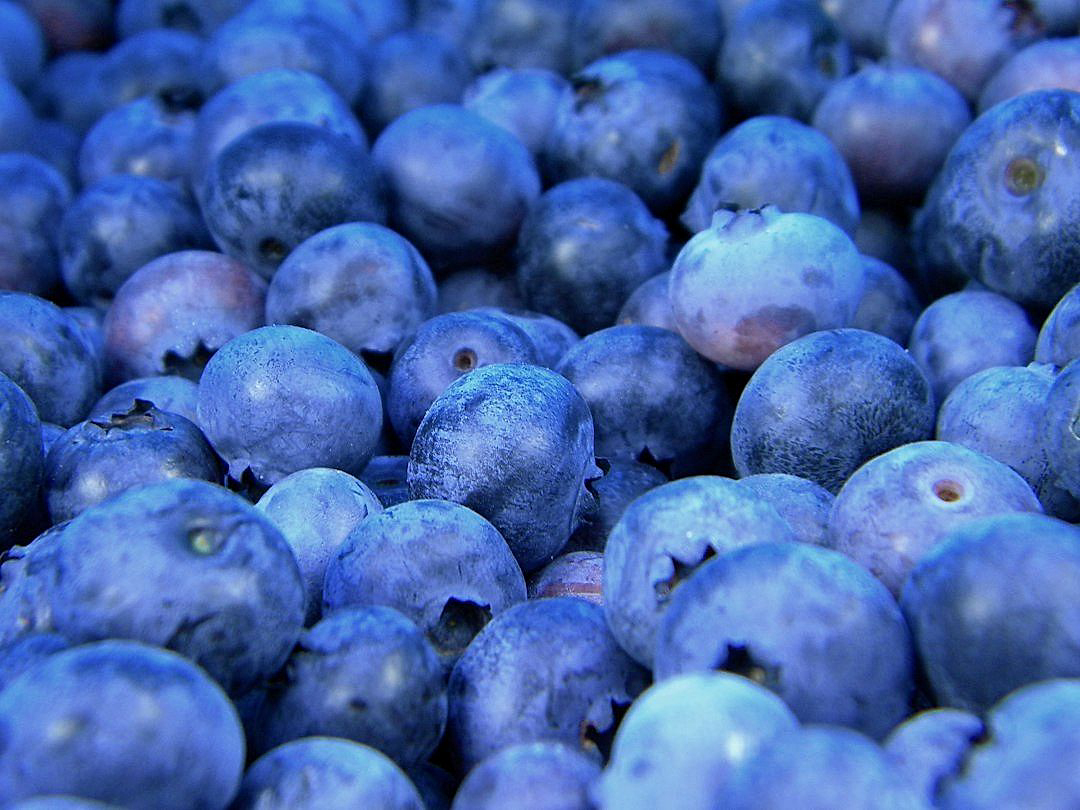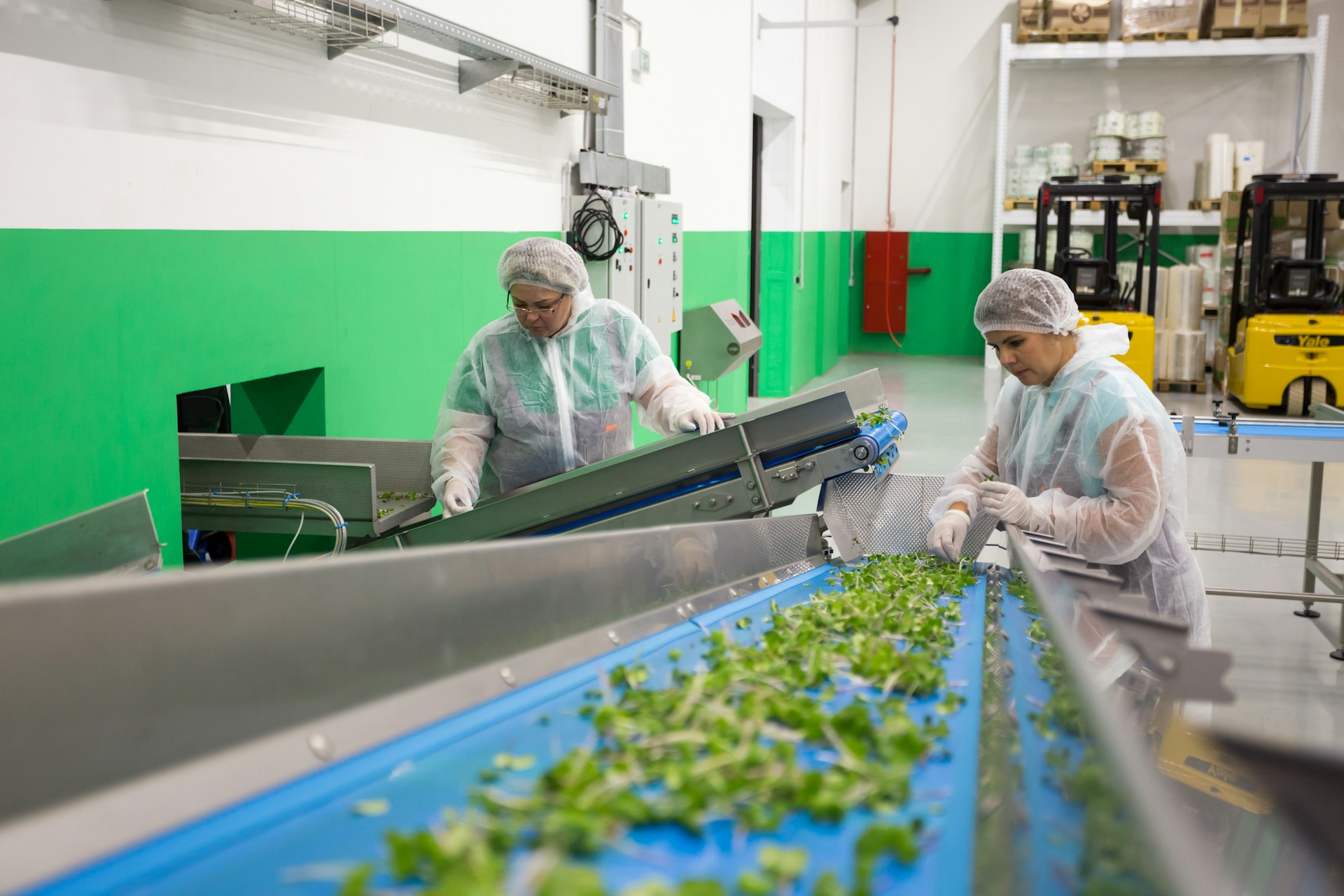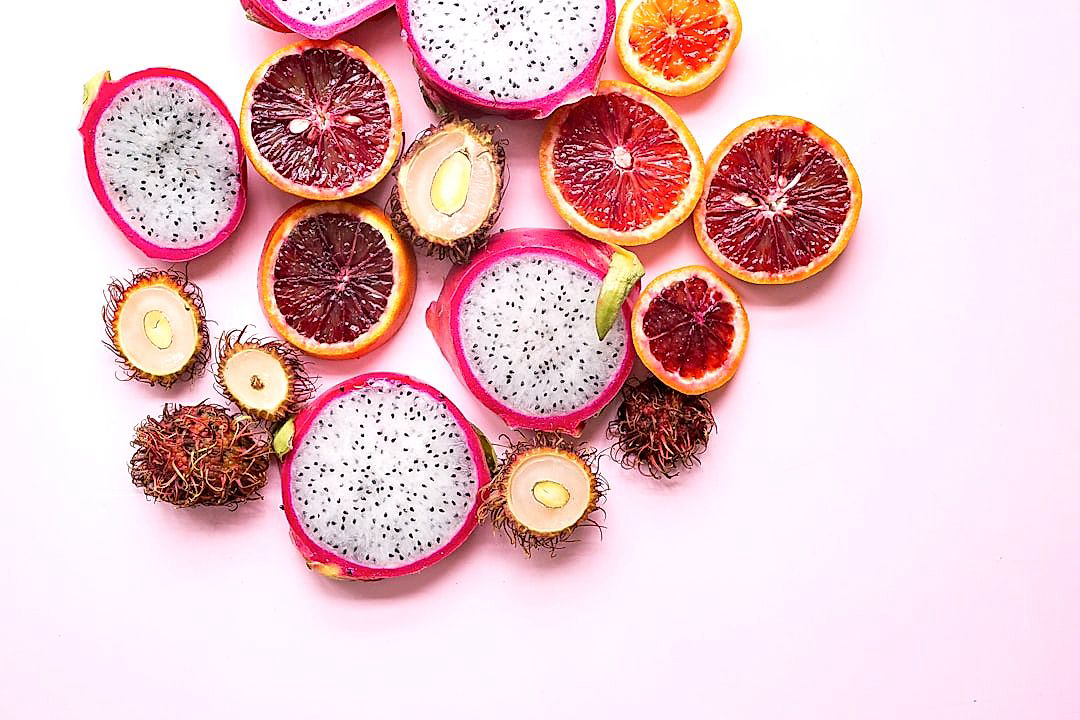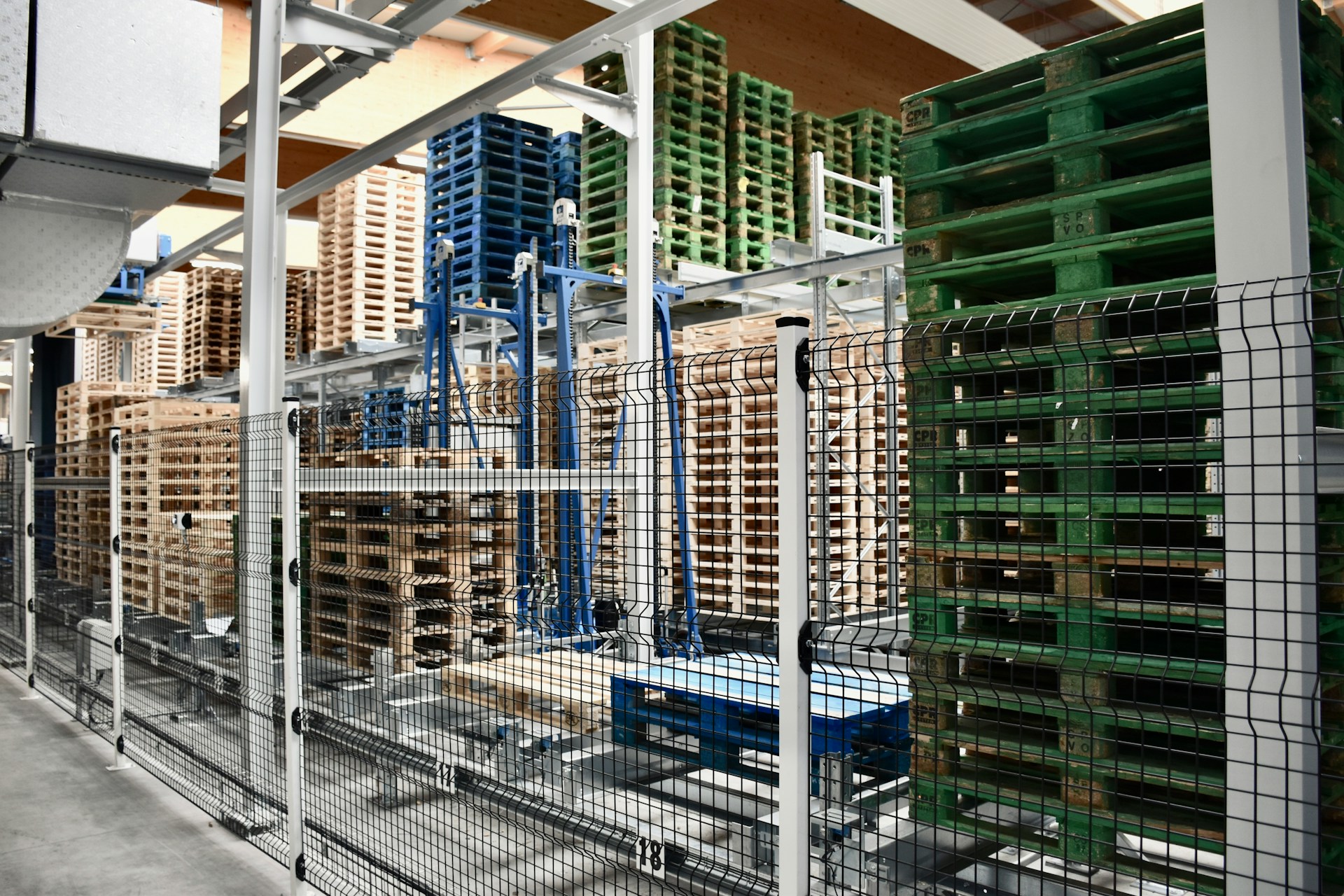The quality of produce packaging often goes unnoticed, yet it plays an indispensable role in customer perception of a brand.
It’s a powerful tool that can significantly impact brand loyalty, if implemented correctly.
The intricate design, materials used, and even the text printed on the package can influence customer sentiment.
Understanding this, businesses must give due importance to the quality of their produce package.
A well-thought out packaging strategy could set a brand apart from its competitors.
In this blog, we will delve into beneficial ways businesses can exploit the quality of their produce packaging to establish lasting brand loyalty.
Ways To Leverage Produce Package Quality For Brand Loyalty
1. Showcase Quality Through Durable, Attractive Packaging
The craftsmanship of the product can be demonstrated through the packaging design, elevating your brand in the eyes of the consumer.
High-quality, durable packaging exhibits the care and dedication you exert into its creation, presenting your brand as reliable and trustworthy.
With attractive packaging, the visual appeal increases manifold, attracting the consumer’s attention towards your brand’s stand out presence on the shelf.
Durable packaging ensures the product arrives in perfect condition, distinctly manifesting product care and high standards.
By investing in quality materials for packaging, your brand’s value perception elevates in the market and the minds of consumers alike.
A well-packaged product also communicates premium-value to consumers, with the potential to support higher pricing if required.
Long-lasting packaging leaves a long-lasting impression and extends the product’s life in the consumer’s space, providing constant visibility for your brand.
The robustness of packaging reflects on the brand’s regard for sustaining product integrity during the product’s journey from production to the consumer’s hands.
Durable packaging not only removes risk of damage, but additionally deters potential product tampering – an aspect increasingly gathering attention in certain sectors like food and pharmaceuticals – adding an extra layer of customer trust and reassurance.
An attractive package is highly shareable; consumers may even post it on social media, further amplifying your brand reach.
Quality packaging also decreases customer concerns regarding product safety, again increasing customer trust and loyalty.
Design elements such as typography, color, texture, and materials play significant roles in creating an attractive package that resonates with your target market.
The intrinsic design value also enhances perceived value, in turn boosting the likeability quotient, generating a positive feedback loop towards product popularity.
Strategically designed packaging advertises the product’s core strengths – an imperative that can contribute significantly towards brand differentiation.
In essence, the packaging is a silent brand ambassador, upholding the brand’s values and standards, defining the brand’s identity and proposition to the consumers.
2. Promote transparency via clear, honest labeling
Brand loyalty is often built on a foundation of trust and transparency.
Consumers today are more informed and discerning than ever, and they expect brands to be not just compelling, but also honest and straightforward.
Clear, honest labeling is therefore key to building a strong, loyal customer base.
It sends the message that your brand has nothing to hide, and that it respects the intelligence and autonomy of its customers.
Furthermore, it is a great way to set your brand apart from the competition.
However, practical transparency is not simply about being open.
It is also about making sure your customers have easy access to all the information they need to make informed decisions about your products.
This includes everything from ingredients and nutritional information to production processes and packaging materials.
Customers appreciate being well-informed and they will respect your brand for giving it to them straight, without trying to hide, embellish, or overcomplicate things.
They’re more likely to become loyal customers if they feel they can trust your brand.
Clean, clear, and accurate labeling also helps maintain brand consistency and integrity.</p
Labeling that’s consistent with your brand’s image and message reinforces your identity in the minds of customers.
It validates their trust in your brand and strengthens their loyalty by reminding them what your brand stands for and why they chose it in the first place.
Finally, honest labeling is not only a selling point, but also a risk-mitigation strategy.</p
Transparent, clear, and accurate labeling reduces the risk of customer complaints, bad press, and legal issues.
In turn, this enhances your brand reputation and builds trust with the consumers, ultimately leading to increased brand loyalty.
3. Differentiate through Unique, Innovative Package Design.
In the crowded produce marketplace, innovative package design is essential to differentiating your brand from the competition.
The package design should be something that instantly catches the eye of the consumer.
Colors, shapes, materials, and graphics can all be used to create a memorable, stand-out design.
Any brand that can successfully distinguish itself through packaging design stands a significantly better chance at capturing customer loyalty.
It’s not just about wowing the consumer – the design of the packaging must also align with your brand values and messaging.
A disjointed brand presentation can create confusion and prevent customer loyalty from developing.
Innovative package design, when used effectively, can also serve as a tool for storytelling in a brand’s marketing strategy.
Consumers need to feel a connection to the brands they choose to purchase, and packaging can foster that connection.
It’s also important to continually update and evolve packaging designs to reflect changing consumer tastes and trends.
While remaining true to the brand’s core identity, adaptability in packaging design can help to maintain brand loyalty over time.
The package design should also incorporate practical user-friendly features, thereby enhancing the consumer’s experience and promoting brand loyalty.
For instance, a ‘resealable’ feature for fruits and vegetables can promote freshness and reduce waste, aligning with increasing consumer demand for sustainability.
Research and testing should also play crucial roles in the development of an innovative package design.
By conducting surveys, focus groups, or beta testing with select customers, brands can ensure their packaging is effective at fostering loyalty prior to a full-scale rollout.
Lastly, collaborating with professional designers or agencies can be hugely beneficial in creating innovative, standout packaging that differentiates a brand and promotes loyalty.
4. Enhance user-experience with easy-to-use packaging
While the visual appeal and sustainability of a product’s packaging play a significant role in attracting consumers, the ease of use is equally, if not more, important in fostering brand loyalty.
To leverage produce package quality for brand loyalty, it becomes critical to enhance the user experience through the implementation of easy-to-use packaging.
It’s important to realize that packaging which is simple to open, close, and handle can greatly improve the overall customer experience.
From the perspective of the user, packaging functioning seamlessly and effortlessly contributes to positive brand perception and builds loyalty.
Therefore, every design decision for the packaging should consider its practical usage along with its aesthetics.
The ease of opening a package directly influences the consumer’s first impression of the product, and hence the brand.
Alongside, convenient reclosing of the package promotes longer product freshness and reduces waste, both of which align with the customer’s expectations and contribute to a positive brand experience.
Investing in research and testing of various packaging methods can yield insights into what works best for the target audience.
For instance, a consumer is more likely to buy a product again if they can easily pour or dispense the contents without spilling or facing difficulty.
Consideration should also be given to the fact that a packaging design should take into account consumers with limited dexterity, such as elderly people or those with disabilities.
The role of clear and comprehensive instructions on the packaging also cannot be undermined.
While a design might be intuitively easy to use for the designer, it might not be so for the average user.
Instructions should be concise, easy to read, and be complemented with visual cues where needed.
Easy-to-understand symbols or icons, for instance, are oftentimes more effective than wordy instructions.
In sum, when a brand focuses on enhancing user-experience with easy-to-use packaging, it communicates a commitment towards customer satisfaction and potentiates brand loyalty.
5. Emphasize Sustainability with Eco-Friendly Materials
With the rising awareness for environmental conservation, there is ever-increasing consumer demand for sustainable products.
Eco-friendly packaging has thus become crucial, not just for the environment but also for brand loyalty.
Choosing packaging that is made from recycled or recyclable materials can make a significant impact on your customers’ perceptions.
Similarly, packaging that is biodegradable or compostable can appeal to customers who are conscious of reducing their environmental footprint.
By integrating sustainability into your packaging strategies, you can not only meet the demands of eco-aware customers but also contribute significantly to the wellness of the planet.
Brands which prioritize eco-friendly packaging show responsibility towards the environment, which directly impacts their reputation positively.
Additionally, customers tend to frequently buy from and remain loyal to brands that align with their values and concerns for the environment.
Using environmentally-friendly packaging materials is not just about promoting your brand’s eco-consciousness, but also about giving your customers the experience of being part of a more significant cause.
Moreover, sustainable packaging often comes in innovative and creative designs, which can make your produce stand out on the shelves.
Promoting your commitment to sustainability on your packaging can also enhance your brand’s trustworthiness and credibility in the eyes of consumers.
Consumers are also more likely to recommend brands that use eco-friendly packaging, thus increasing the potential for word-of-mouth marketing.
Opting for materials that are sourced responsibly, reduces the negative impact your business has on the environment, further boosting your brand image.
Moreover, it’s worth noting that sustainable packaging can have broader benefits, including waste reduction and energy savings in the production process.
This, in turn, can lead to cost savings, which can be passed on to your consumers, further bolstering brand loyalty.
The trend towards sustainability is not a temporary phenomenon but a long-lasting shift in consumer demand that brands can no longer ignore.
Emphasizing sustainability through eco-friendly packaging is therefore, a valuable way to leverage produce packaging quality for brand loyalty and gain a competitive edge in the market.
The Bottom Line
Undeniably, packaging plays a pivotal role in reinforcing a product’s quality while fostering trust in consumers.
Ensuring a durable and attractive package highlights the product’s value, while honest and clear labeling ensures consumers place great trust in the brand.
Furthermore, a unique and innovative design helps the product stand out in a highly competitive market, enhancing user experience through user-friendly packaging.
Above all, giving priority to sustainability by using eco-friendly materials can create a positive impact on the environment and increase brand admiration among eco-conscious consumers.
Therefore, successful packaging depends on quality, transparency, uniqueness, user experience, and sustainability.




